The Ultimate Guide to
Innovation Training
BECAUSE TO INNOVATION IS HUMAN
BECAUSE TO INNOVATION IS HUMAN
In the course of two decades of working in corporate innovation and innovation training, I have learned one thing through painful experience: everyone wants to be an innovator. There is something primal about being an innovator, even approaching a birthright.
Yet the media worships just a handful of innovators so extraordinary in their success that many of us mere mortals feel disempowered in comparison. In the radiance surrounding Steve Jobs and Elon Musk, we somehow come to feel “less than” innovative. But surely humans can vary in our innovation abilities, just as we vary in our height, eye color, facility for languages, speed or endurance. So there you have it: the idea that we are all innovators, yet the desire – even the societal pressure – to become more of one.
This is why you may find yourself looking for innovation training one day, either for yourself or for your organization. Innovation training is a bustling segment of the Talent Development Industry, and we noticed a lack of any overarching guide to the topic. This Ultimate Guide to Innovation Training will help you sort through the different kinds of innovation training out there, and the different goals they serve, so you may narrow in on the right solution for you.
Let’s start off with five major reasons someone might seek out innovation training:
Here is a brief explanation of these five training goals, and the kinds of training solutions that meet each goal:
Here a company or leader wants to inspire their people with stories of great innovators or great innovations. They may book a keynote speaker to rouse their troops, or put their people through a curriculum on great innovators. Or they may take their leaders on a tour of Silicon Valley. Yes, they may pick up on concepts and language, but the main takeaway is inspiration.
Sometimes companies use innovation as an employee engagement strategy. Team innovation training may seek to develop an understanding of each member’s innovation preferences. In addition, while not strictly training, idea campaigns, hackathons and other employee events can be used to engage the troops. Some participants will get awards, prizes and other forms of recognition. But typically few of the ideas are implemented, because that was not the intent, and the project is often not structured to move beyond winning ideas.
Or, a company or leader may want to familiarize their people with key concepts in innovation. They may bring in experts on emerging technologies, or hire a consultant to give an overview of popular topics such as Lean Start-up. The recipients are to ingest this information, but no tangible change is expected. The goal is to stay abreast of developments and to inform.
Another reason that leaders might seek innovation training is to manage innovation more effectively in their organization. This kind of innovation training may include inspiration and information, but the focus is on learning the methods and structures to manage innovation in others. Such courses may lead to certification as an innovation manager.
Finally, there is the kind of training meant to make you better at doing innovation yourself, or as a team. There is a wide spectrum of approaches to this, from individual courses, to team experiences, to university extension courses. Some of these focus on creativity, a component of innovation. Others focus on steps or theories in innovation, e.g. design thinking, agile development, business model design, or even coding. But the main idea is for you to become a stronger innovator.
We hope this brief summary helps you think through your goals clearly, and choose your innovation training accordingly.
In addition to these five very different goals of innovation training, training products and services vary based on their provenance (who is delivering the training), format, pedagogy, and expected results. Here is a quick overview of these considerations:
“Provenance” literally means the source or place of origin. A keynote speech from Sir Jony Ive, Apple’s erstwhile design director, will run you hundreds of thousands of dollars, if Jony is even giving speeches. Sending your staff through the innovation course at Stanford will cost you thousands of dollars per head and months of their time. But a chat from the local grade school parent working in a STEM field may well be free. Fame imparts a certain authority and bragging rights, and it costs extra. But a famous name may just be worth paying for, to command attention and respect for the initiative.
Another major variant in innovation training is the format. Is it one-to-many as in the keynote example? Is it of short, or extended, duration? Is it delivered virtually or live? Is the content something any employee can absorb easily and passively? Or does it involve intensive interaction with the instructor or materials, rigorous tests, and submission of original work? The shorter the duration, the more passive the learning experience, the less rigorous the instruction, the more likely the training is what is known as “innovation theater.” Say what? “Innovation theater” is a term for activities that organizations engage in so as to appear to be doing something about innovation, without fundamentally changing anything. Beware!
Finally, the teaching method or pedagogy is a major factor in innovation training. On the one hand, you can “learn about innovation” with a relatively traditional teaching approach. This approach can use case studies, famous examples and provide definitions of key concepts. When the goal is absorbing information, closed-end tests with right or wrong answers may suffice. But if you want to “learn to do innovation” it takes real practice. The teaching method will be different than for “learning about innovation,” and will be more focused on doing. The adult brain is still very malleable, and such a course will stretch the brain in exciting ways. It will be a more flexible, curious and empathic brain, one able to make connections across domains.
Finally, innovation training differs by the results you can expect from it. In the case of an inspiring keynote speaker, you can expect employees to talk about it, and for a certain buzz to last several days or weeks in the office. But these talks can be light on the mechanics of innovation, and the failures endemic to innovation. So they can also leave employees feeling disheartened and aimless. A leadership team returning from their Silicon Valley immersion may be ablaze with ideas, but they may soon be sucked back into the ordinary, more pressing matters of the day. Again, if you want results, employees will need to actually do innovation. Read more about innovation teams here.
If your goal is to deliver real business results from innovation training, and to really grow as an innovator, you need to buy the right kind of training, structured for this intent. And the project must be set up correctly from the beginning. In addition to the right training, you will need:
No matter how great the idea, if the CEO and C-suite are not driving it, nothing will go far. Their involvement needs to be more than symbolic, more than a kick-off speech. They need to provide air cover for risk-taking, on-going strategic guidance, and access to resources.
What kind of innovation does the organization want? Something that can be implemented next quarter, or a transformational idea that can replace the company’s aging cash cow? Do they want to do it all themselves, or can partners deliver part of the whole solution? What are the guardrails?
Ideas are cheap. But most ideas inside large companies languish in the “Valley of Death.” This is the hand-off between idea or validated prototype and the business unit who will take the idea to market. Sometimes this is simply because of a failure to budget resources for implementation.
You may have a validated prototype and some central budget, yet still, nothing moves forward. Often this is because there isn’t the political will to launch. Business units have their new product plans locked for the next 24 months. The distributors can’t handle another new product launch. The new product might cannibalize something already in the market. The bottom line is business leaders (those in charge of functions or regions) were not involved early enough to smooth the way.
Here are some examples of great innovation training. This is by no means an exhaustive list, but offers a reputable example of each of the five types of innovation training.
One of the most rousing keynotes you can arrange is from OpenExO. The founder, Salim Ismail, is the founding executive director of Singularity University, and current board member of XPRIZE Foundation. Salim paints a picture of the impact that exponential technologies are having on the world, You will be left with a deep desire to move boldly and swiftly on your company’s innovation agenda.
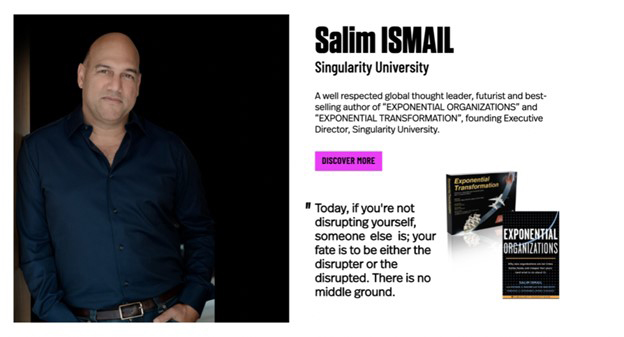
Foursight is an innovation assessment company with decades in the market. The Foursight Team Assessment is not predictive of results, but it reveals each team members’ preferred innovation role. Their workshops get high ratings for employee engagement. Foursight also teaches an innovation process, leveraging the four roles they assess.
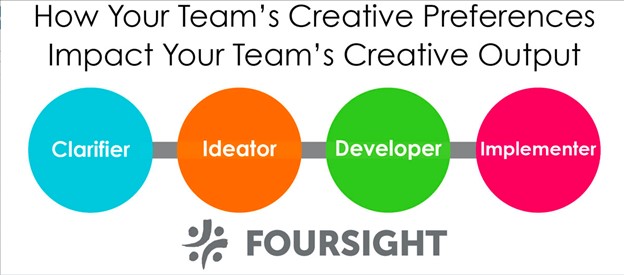
Stanford offers a free online “Introduction to Innovation and Entrepreneurship” course. It covers many of the key concepts in their more advanced courses. While the free course does not earn credits, you can’t beat the Stanford name on your resume!
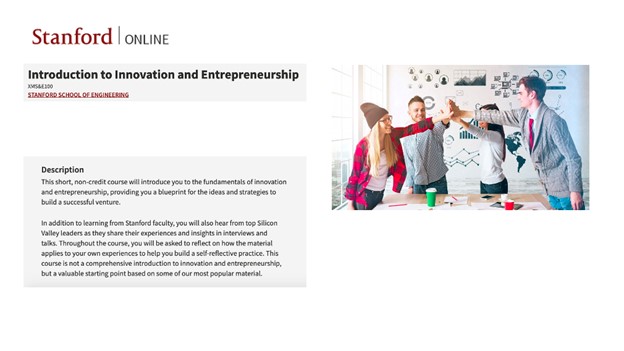
The International Association of Innovation Professionals (IAOIP) offers an Innovation Management Certification. While there are other outfits offering certifications, IAOIP is the only body appointed by The American National Standards Institute (ANSI) to represent the United States on ISO 56,000 for Innovation Management standards. (ANSI has served as the administrator and coordinator of the United States private sector voluntary standardization system for more than 100 years.)
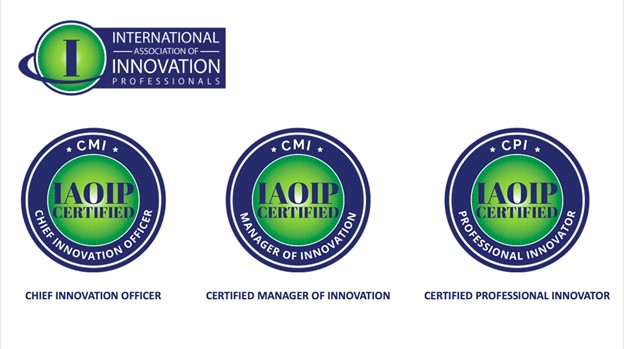
Swarm Vision offers a comprehensive online innovation course based on the world’s largest study of serial, successful innovators. Swarm Innovation Training teaches your employees the eight skills of serial, successful innovators. Employees first take the Swarm Innovation Profiler (an innovation assessment with predictive validity). After the course, they can retake the assessment to see their growth. Learners measurably develop their innovation skills and a sophisticated innovation proposal for their company. Swarm delivers higher-value, more transformational innovation proposals that are more likely to attract organizational support, and make it to market.
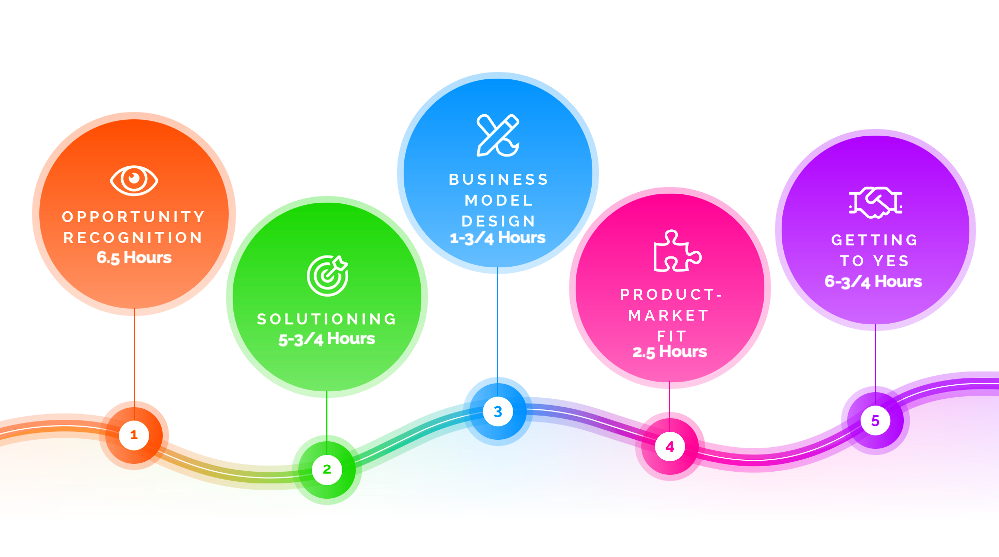
Swarm Innovation Training – Outline of the 5 Module Course
The five key points in this article are that: